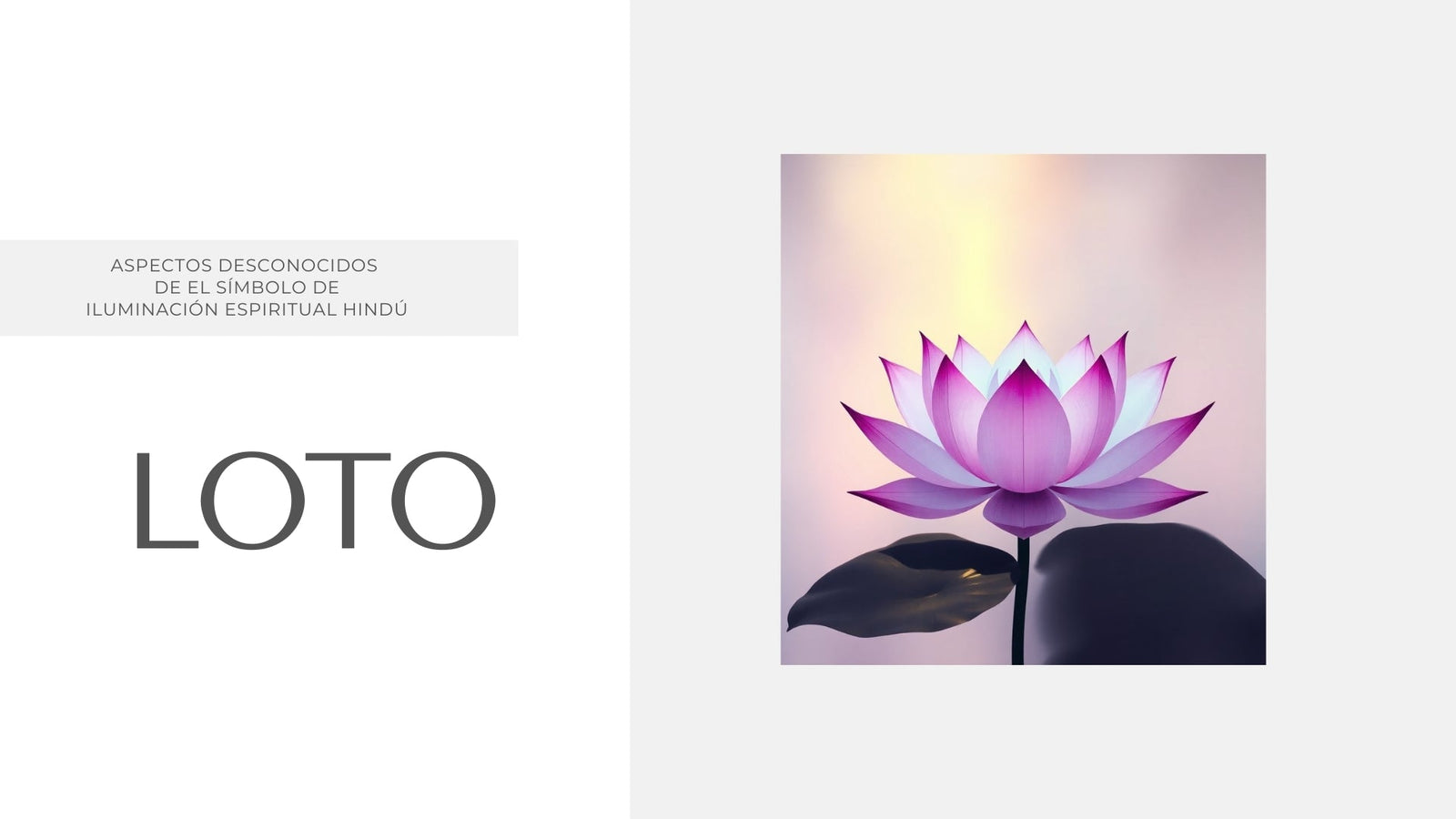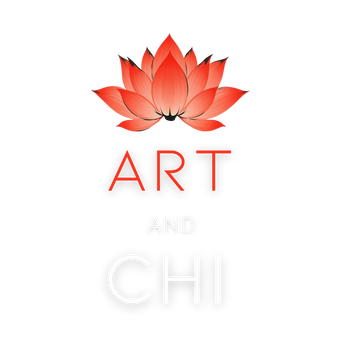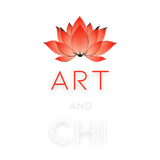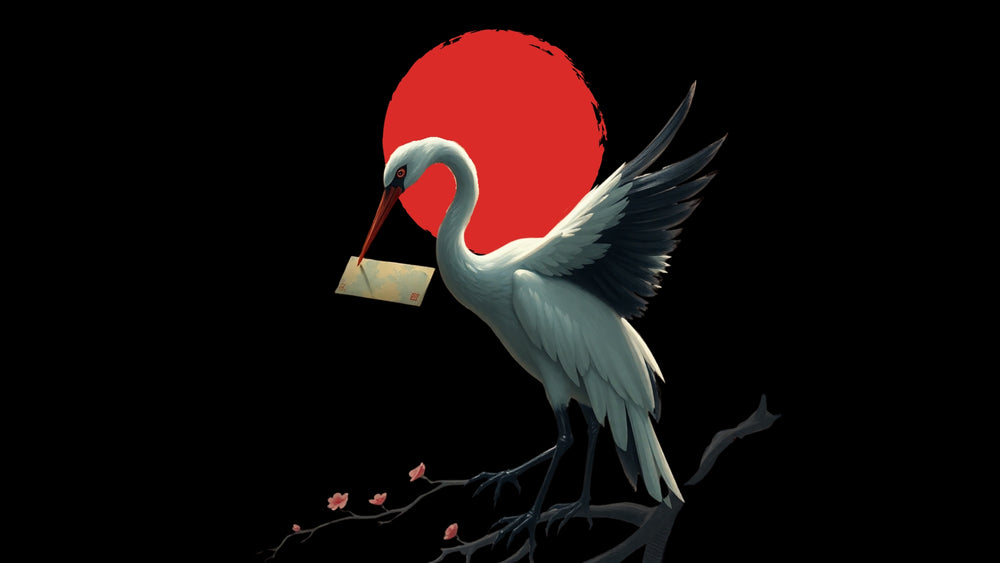Lotus | Unknown Aspects

Lotus | Unknown Aspects
The lotus flower is known worldwide for its beauty and spiritual symbolism, especially in cultures like India and China. However, there are lesser-known aspects of this plant that are equally fascinating. In this article, we'll explore the uses and meanings of the lotus in less typical cultures, its medicinal applications, unique spiritual characteristics, and little-known legends.
Uses in Lesser Known Cultures, Egypt
Although the lotus is widely recognized in Asia, its presence also extends to other regions where it has acquired unique meanings.
In Egypt, for example, the blue lotus (Nymphaea caerulea) played a central role in ancient mythology and religious practices. It was often associated with resurrection and the cycle of life due to its habit of opening with the sun and closing at dusk. The ancient Egyptians also used the flower in religious and funerary ceremonies, symbolizing rebirth.
Medicinal Applications
The lotus flower is not only of great spiritual value, but also has significant medicinal uses. Different parts of the plant are used in traditional medicine, especially Ayurveda and Chinese medicine.
Lotus seeds are known for their calming properties and are used to treat insomnia and anxiety.
Lotus root, rich in fiber and nutrients, is beneficial for digestion and can help regulate blood sugar levels. Additionally, lotus flower extract has been used to improve skin health, thanks to its antioxidant properties.
Unique Spiritual Characteristics
Beyond its widely recognized symbolism of purity and rebirth, the lotus also represents the balance between the spiritual and the physical, a bridge between two worlds.
It grows in murky waters, yet blooms with immaculate beauty, symbolizing the ability to rise above earthly difficulties. In Tibetan Buddhism, the lotus is a symbol of the human potential to achieve enlightenment, regardless of the circumstances.
Unknown Legends and Myths
In addition to well-known stories, such as the lotus's connection to Buddha, there are lesser-known legends.
A Vietnamese legend tells that in the 15th century, during the Le Dynasty, Emperor Le Loi received a magic sword from a golden turtle spirit that emerged from what was then known as Lake Luc Thuy (Green Lake). With this divine sword, Le Loi led the Vietnamese resistance against Ming Dynasty Chinese occupation and ultimately achieved independence for his nation. The lotus represents the spirit of the nation, rising on an island in the middle of this lake of historical and legendary significance. It may evoke the image of harmony and peace that Emperor Le Loi strove to achieve for his people.
Conclusion
The lotus flower is much more than a symbol of beauty and spirituality; it is a plant rich in culture, medicine, and legends. By exploring these lesser-known aspects, we can further appreciate the depth and mystique surrounding this flower.
Its ability to adapt and flourish under adverse conditions offers us a valuable lesson in resilience and personal transformation.




